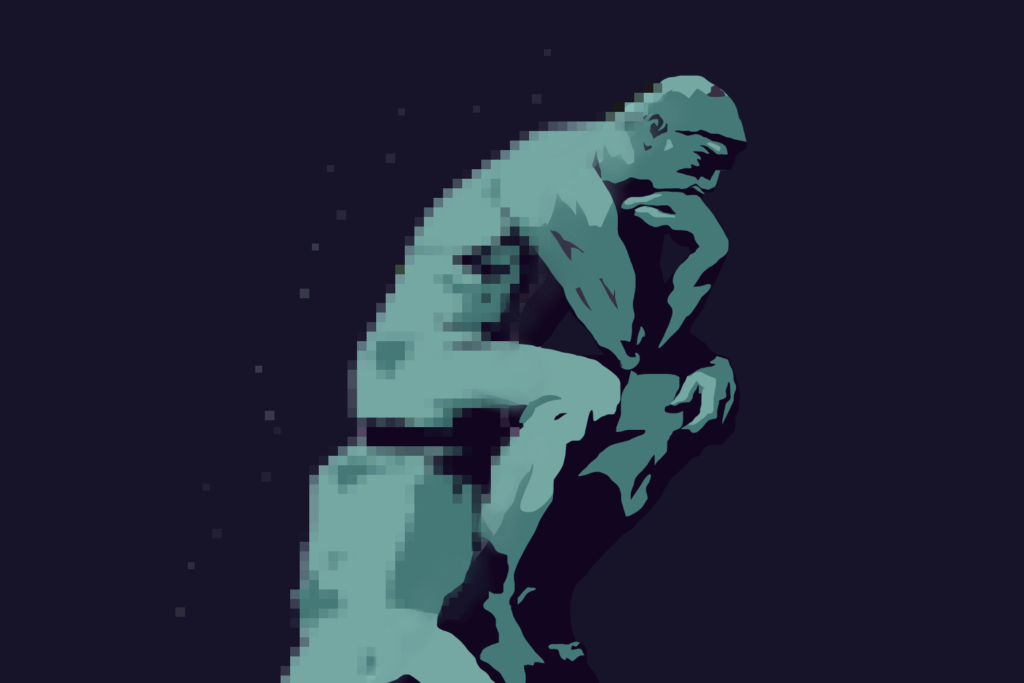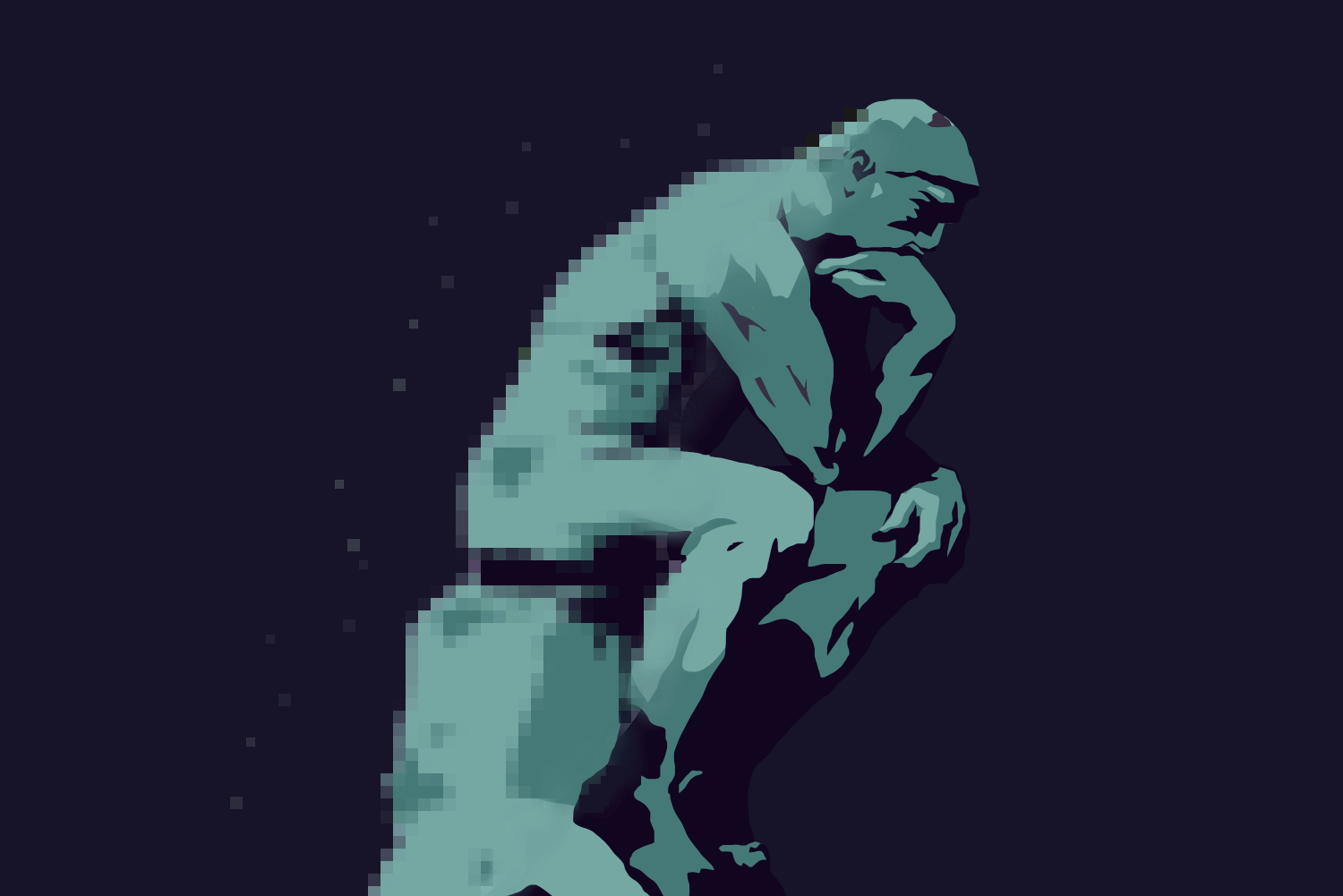Two weeks ago, an article in the New York Times caught my attention: a feature about a piece of digital art which had sold for a whopping $69 million. The artist, who goes by Beeple, made a collage of 5,000 of the digital artworks that he’s been posting to the internet daily since 2007. The most unusual thing about the piece, called “Everydays: The First 5000 Days,” was that Beeple made it only on a computer, and it will only ever be available digitally. “Everydays” broke the record for highest price for a digital piece, turning heads toward the successful emergence of online art in the market and reigniting the popular debate: Is digital art even “real art?”
The Oxford Dictionary defines art as “the expression or application of human creative skill and imagination, typically in a visual form such as painting or sculpture, producing works to be appreciated primarily for their beauty or emotional power.” A simplified translation is that anything that involves creativity and a specific skill set is art. Thus, “real art” is an umbrella term that includes — among many other things — digital art.
Both traditional art and digital art require specific skill sets, albeit different ones. While traditional art involves a mastery of techniques like manual brush strokes and color blending, digital art needs expert knowledge about how to use various software tools to create different effects. Some argue that technological tools facilitate painting to an extent that it becomes cheating. But if I, a complete amateur, were to try to draw something digitally with all the tools available, I’d still fail miserably. I simply wouldn’t have the necessary understanding of or familiarity with the medium. Traditional art and digital art just shouldn’t be compared. They belong to different categories and require different technical masteries.
So now that we’ve classified Beeple’s work as definitively art, I’d like to talk about its price tag. The value of art is subjective, and each artwork’s value depends on individual tastes. After all, beauty is in the eye of the beholder. While you might find one artwork to be a complete mess, others might find beauty in the chaos. For instance, a man ate the piece “Comedian” by Maurizio Cattelan (which is a banana taped to a wall) because he thought the $125,000 art was overpriced. According to him, “It is silly, and not good for our contemporary life.” In another incident, a cleaning woman accidentally threw away an expensive artwork made of crumpled paper, cardboard, and other materials that she mistook for trash.
While artwork can be worth thousands of dollars for some people, it can be literal trash for others.
That being said, it’s important to understand the difference between holding your own opinions about artists’ works and sparking a cycle of invalidation. “I prefer Artist A’s paintings to Artist B’s” shouldn’t mean “A does real art and B doesn’t.” In the process of supporting one artist, you’re bashing another. How would the artist feel for his hard work and creativity to be invalidated like that? Likewise, in the case of digital art, the debate of “real art” should be a separate conversation. Not being ready for technology to hit the art market and wishing to preserve traditional art aren’t reasons to bash the passion of the artists who do choose to engage with those mediums.
Traditional art and digital art can exist together without the need to degrade either format. Constructive criticism is fine, but straight insults aren’t, especially if you don’t even try to understand the passion behind the work. Hopefully the new wave of digital art likely to be inspired by Beeple’s record-breaking sale will be greeted with a more open-minded response.


